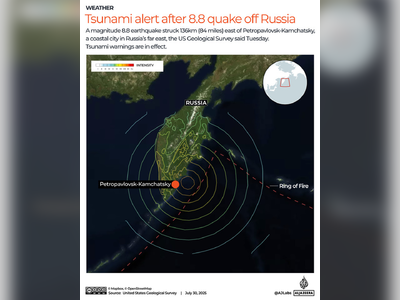Manila Times
Upholding Truth. Empowering the Philippines
Thursday, Jul 31, 2025
The Nation's Story is Told with Honor
Hong Kong Reports 12% Surge in Tourist Arrivals in First Half of 2025
City receives over 23.6 million visitors between January and June as Chief Executive pledges new initiatives to strengthen international appeal
Hong Kong recorded a 12 percent year-on-year increase in tourist arrivals in the first half of 2025, welcoming more than 23.6 million visitors between January and June, according to data released by the Hong Kong Tourism Board.
In June alone, the city received approximately 3.48 million visitors.
Of the total arrivals during the six-month period, 17.8 million were from mainland China, accounting for roughly three-quarters of all visitors.
Tourists from other parts of the world totaled approximately 5.84 million, reflecting a 17 percent rise compared to the same period in 2024.
Short-haul markets such as Taiwan, Japan, South Korea, and the Philippines saw year-on-year increases of at least 25 percent.
Among long-haul markets, Australia posted a 33 percent growth in visitor numbers.
In a public statement, Chief Executive John Lee Ka-chiu attributed the growth in tourism to a range of arts, cultural, and sports events, as well as the recent opening of the Kai Tak Sports Park, a major venue for international concerts and sporting activities.
He emphasized Hong Kong’s “East-meets-West” cultural positioning and its expanding profile in the global tourism sector.
Lee stated that his administration would continue to adopt innovative approaches to enhance the city’s appeal as a travel destination.
Planned initiatives include the development of new tourist attractions and the organization of large-scale events throughout the year to maintain momentum.
In 2024, Hong Kong received a total of 44.5 million visitors, an increase of 30.9 percent from the previous year.
About 76 percent of those visitors were from mainland China.
Short-haul visitor numbers, excluding those from the mainland and Macau, increased by 53.4 percent year-on-year, while long-haul markets registered a 50.9 percent rise.
Tourism in Hong Kong reached a peak of 65 million visitors in 2018 but declined sharply during the COVID-19 pandemic.
While inbound tourism is recovering, recent trends indicate changes in visitor demographics, particularly among mainland tourists.
The newer cohort tends to be younger and prefers independent travel, with reduced average spending compared to previous years.
In June alone, the city received approximately 3.48 million visitors.
Of the total arrivals during the six-month period, 17.8 million were from mainland China, accounting for roughly three-quarters of all visitors.
Tourists from other parts of the world totaled approximately 5.84 million, reflecting a 17 percent rise compared to the same period in 2024.
Short-haul markets such as Taiwan, Japan, South Korea, and the Philippines saw year-on-year increases of at least 25 percent.
Among long-haul markets, Australia posted a 33 percent growth in visitor numbers.
In a public statement, Chief Executive John Lee Ka-chiu attributed the growth in tourism to a range of arts, cultural, and sports events, as well as the recent opening of the Kai Tak Sports Park, a major venue for international concerts and sporting activities.
He emphasized Hong Kong’s “East-meets-West” cultural positioning and its expanding profile in the global tourism sector.
Lee stated that his administration would continue to adopt innovative approaches to enhance the city’s appeal as a travel destination.
Planned initiatives include the development of new tourist attractions and the organization of large-scale events throughout the year to maintain momentum.
In 2024, Hong Kong received a total of 44.5 million visitors, an increase of 30.9 percent from the previous year.
About 76 percent of those visitors were from mainland China.
Short-haul visitor numbers, excluding those from the mainland and Macau, increased by 53.4 percent year-on-year, while long-haul markets registered a 50.9 percent rise.
Tourism in Hong Kong reached a peak of 65 million visitors in 2018 but declined sharply during the COVID-19 pandemic.
While inbound tourism is recovering, recent trends indicate changes in visitor demographics, particularly among mainland tourists.
The newer cohort tends to be younger and prefers independent travel, with reduced average spending compared to previous years.
AI Disclaimer: An advanced artificial intelligence (AI) system generated the content of this page on its own. This innovative technology conducts extensive research from a variety of reliable sources, performs rigorous fact-checking and verification, cleans up and balances biased or manipulated content, and presents a minimal factual summary that is just enough yet essential for you to function as an informed and educated citizen. Please keep in mind, however, that this system is an evolving technology, and as a result, the article may contain accidental inaccuracies or errors. We urge you to help us improve our site by reporting any inaccuracies you find using the "Contact Us" link at the bottom of this page. Your helpful feedback helps us improve our system and deliver more precise content. When you find an article of interest here, please look for the full and extensive coverage of this topic in traditional news sources, as they are written by professional journalists that we try to support, not replace. We appreciate your understanding and assistance.











